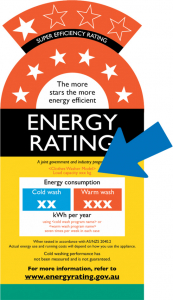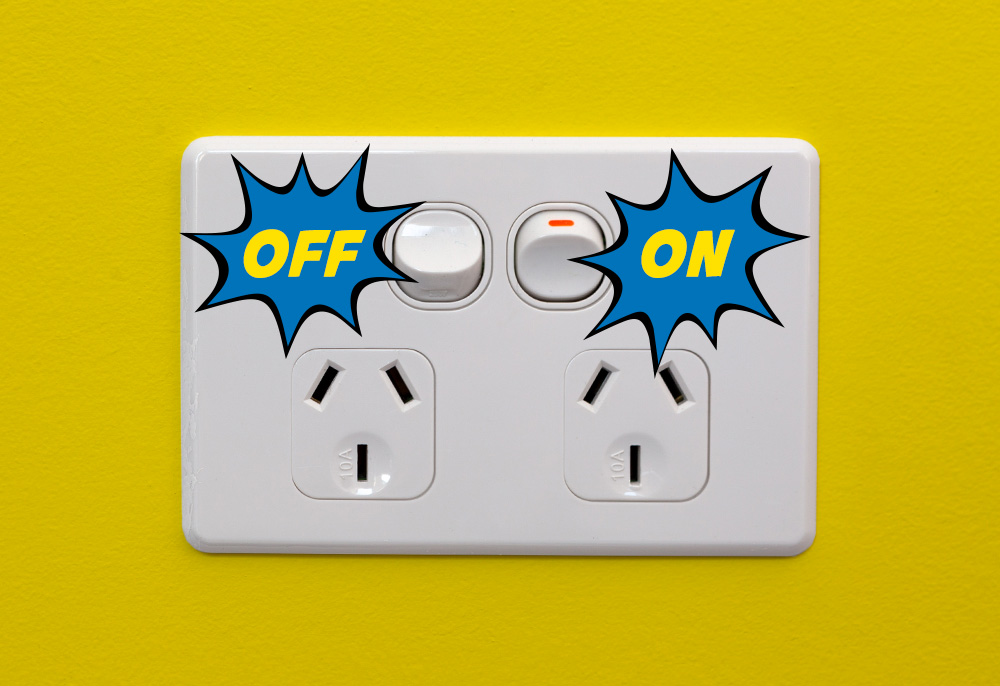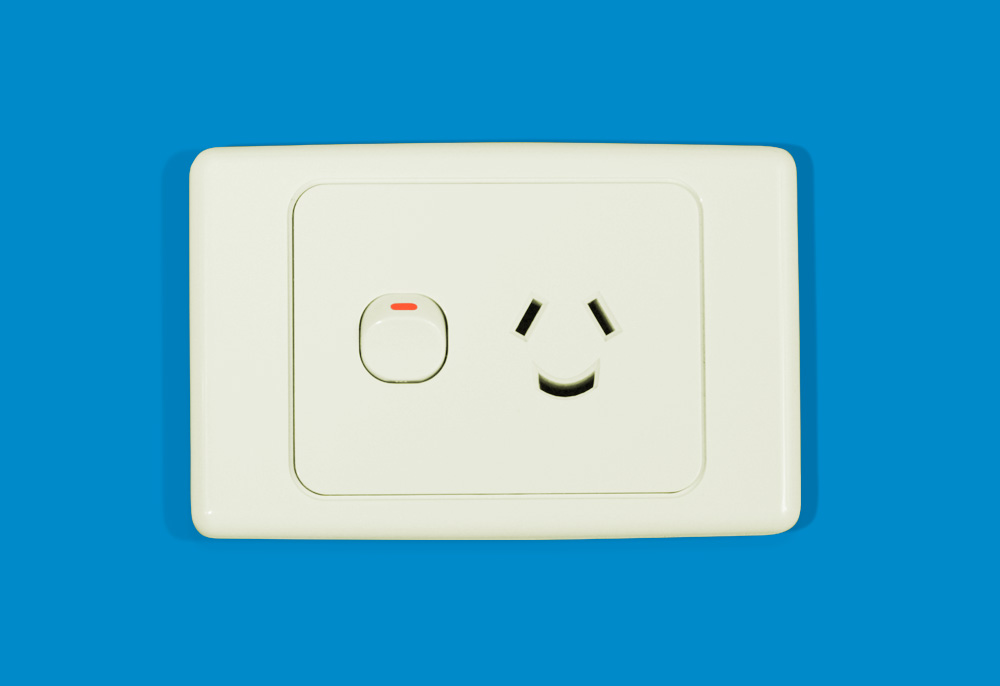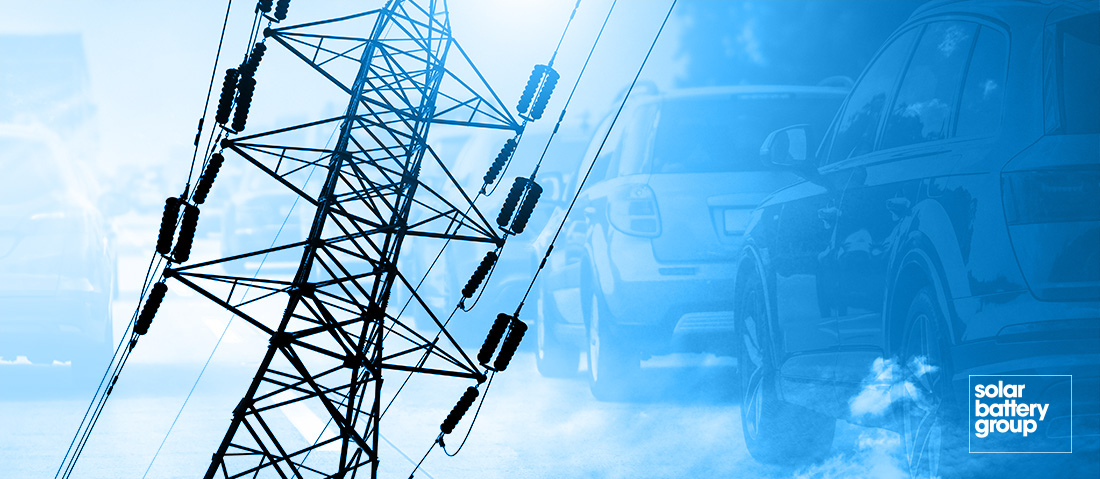In 2021, many of us are spending more time at home, which can make harder to combat the rising cost of living. However, there are a few steps you can put into action to save energy around the house. Read on below for our top tips to help you eliminate your energy bills for good.
Make the most of your rooftop solar
A system that lets you generate free energy from an infinite source like the sun sounds great huh? Rooftop solar allows your household to save by reducing your reliance on the grid – the less you import from the grid, the less you will have to pay on your bills.
With that in mind, adjusting some basic habits will help you get the most out of a PV solar system.
Your solar produces its power during the day while the sun is shining, so using appliances and energy during the day (like dishwashers, washing machines and clothes dryers) means you are taking full advantage of your solar.
And if no one will be home during the day, setting up your appliances with timers to set their cycle to run at a time when your solar is producing will still rake in the savings.
It matters how you wash and dry your clothes
Speaking of big appliances, there are a few changes you can implement to save even more.
Washing your clothes in cold water can save you around $115 per year*. You can also save some money by ensuring that you select the shortest appropriate cycle for your load of washing.
Clothes dryers also use huge amounts of electricity per load, so if possible, hang your clothes outside so they air dry naturally.
If your home has rooftop solar, you should look to start your washing and drying loads during the day while your system is producing electricity. Doing full loads instead of the odd item here and there will maximise your savings. You can usually find your appliance’s capacity either in the sticker of the door or searching for your model online.

If you’re not using it, turn it off!
Regular appliances like your TV, speakers, computer, washing machine and dishwasher add up to your consumption, even while in standby!
Lights and appliances left on when not in use can cause your bills to skyrocket very quickly. Every little bit counts, so you can make a difference to your energy consumption by turning these off.
Make a habit of switching the lights off when you leave a room. The same goes for your power-hungry appliances… you can turn off the power points they are connected to until you need to use them again.

Save in the kitchen
Because your fridge and freezer are usually running 24 hours a day, they account for a large portion of your home’s electricity usage. One way to reduce consumption is to set both these appliances at ideal temperatures: 4 to 5°C for your fridge and -15 to -18°C for your freezer. Make sure to check for gaps in the door seals to avoid the motor working overtime to maintain temperature.
Another culprit of high energy usage in the kitchen is the dishwasher. Convenient as they are, more often than not we don’t use them to their full potential. Before switching it on for a full cycle, double check it has been filled up. You can also skip the drying feature if you won’t need to unload it straight after it’s finished. If you can set it on a timer, you should use it during daylight hours to ensure it’s being powered by your rooftop solar.
Manage the heating and cooling of your home
Heating in winter can often account for over 30% of your electricity bill, with every degree above 20°C adding an extra 10% to your heating bill*. If you keep your thermostat set between 18 and 20°C, you can keep comfortable without spending so much in heating.
For summer, setting your air con to 26°C or higher makes it run very efficiently.
Zoning up areas of your home where possible (closing doors and curtains, stopping draughts, etc.) will allow your heating or cooling to be more effective in rooms where you need it the most.
Install a solar battery
Peak solar production happens during the day between 10am and 4pm, which is when most of your appliances should be run. However, a large chunk of electricity consumption happens at night, when the sun isn’t shining and solar isn’t generating any energy.
A solar battery would allow you to store some of that free solar energy generated during the day, so you can use it at night or other times you need it.
To top it all off, feed-in tariffs in Australia can be as little as 5c/kWh. What this means is you are essentially sending your solar power to the grid during the day, only to buy it back for way more than that at peak rates. Storing your free energy will decrease your electricity consumption from the grid – the less electricity purchased from the grid, the more savings you’ll experience.
Try one or a combination of these energy-saving tips and k-runch your electricity bills into oblivion, one little step at a time. Once you reduce your overall energy consumption, you will see noticeable savings over time.
Source: https://www.victorianenergysaver.vic.gov.au/save-energy-and-money/top-10-ways-to-save-on-energy-bills





